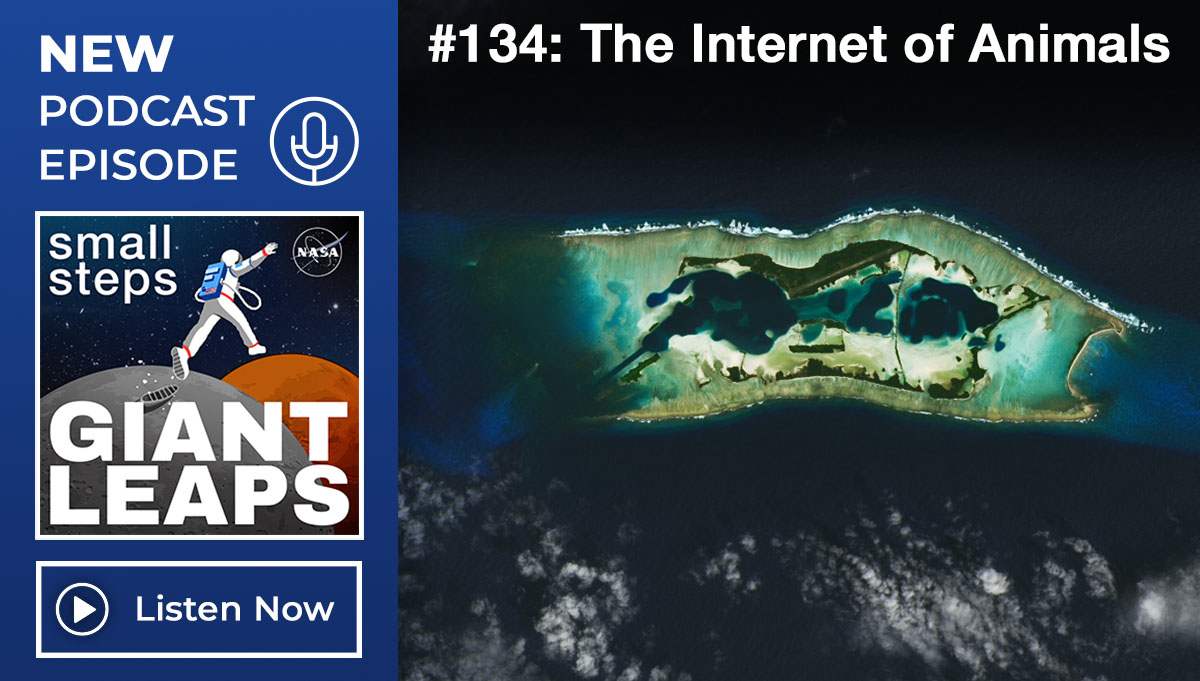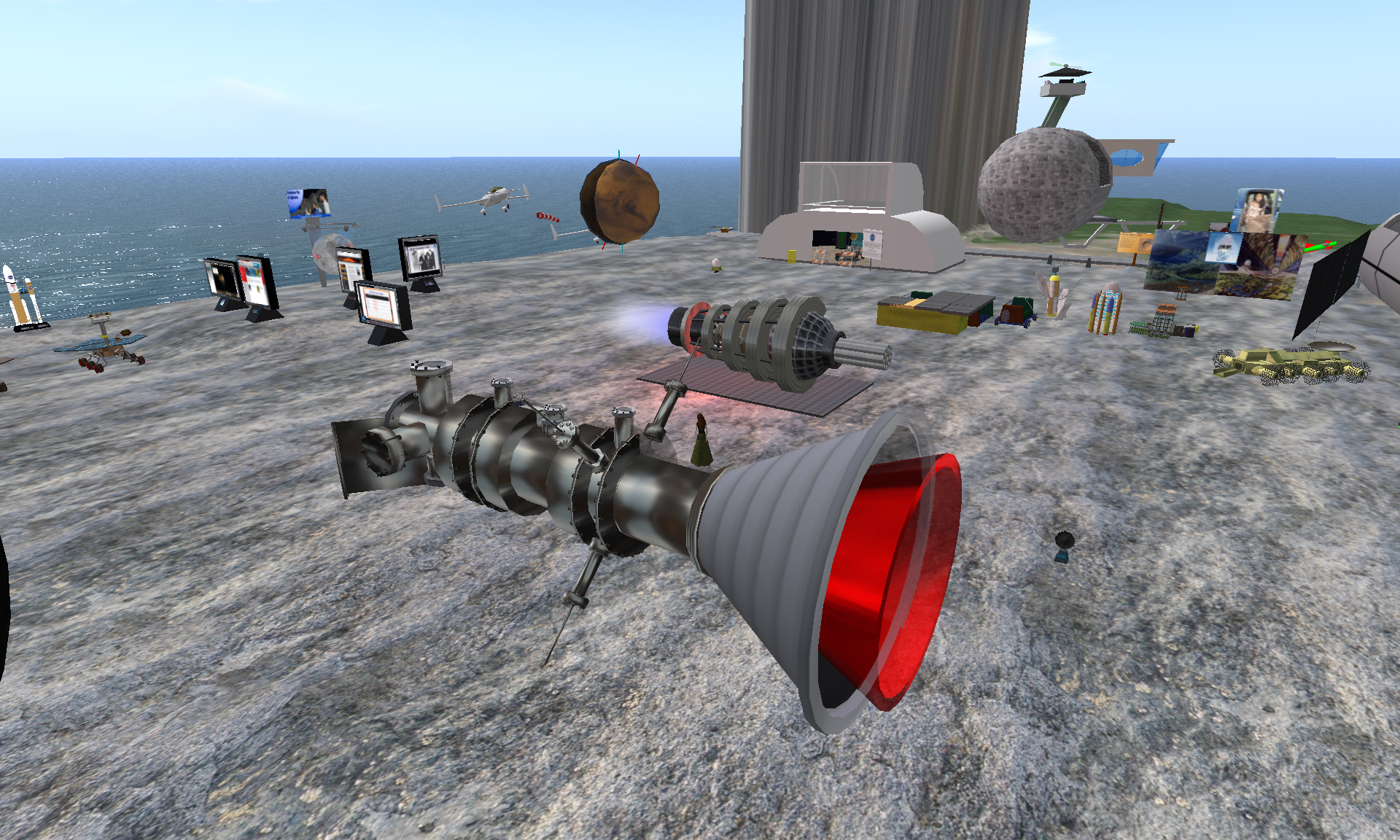
By Matthew Kohut
Matthew Kohut of ASK the Academy met with Project Management Institute (PMI) CEO Greg Balestrero, PMI Board Member Yanping Chen, Academy Director Dr. Ed Hoffman, and ASK Magazine Managing Editor Don Cohen for a wide-ranging survey of the project management landscape today.
Kohut: What big trends are dominating the field of project management globally?
Balestrero: I’d say that globalization has changed the face of project management. It’s difficult to think of a company or organization that doesn’t feel the pressures and implications of globalization.
The Airbus A-380 is one example of the effects of globalization on the organization, and the challenge of having a common framework and understanding—as simple as a lexicon, as complicated as a common process—for project and program management. In the case of the A-380—1,500 suppliers, 24,000 projects cutting across thirty countries that have a variety of currencies—it’s crucial to have a common understanding of what project deadlines mean to the project, what project scheduling is, and things like risk management.

On the International Space Station, the U.S.-built Unity node (top) and the Russian-built Zarya or FGB module (with the solar array panels deployed) were joined during a December 1998 mission. International collaboration has helped further space exploration and science.
Image Credit: NASA
Managing a project with the scale and scope of the International Space Station, where you have contractors, mission specialists, and control specialists all over the world, requires a sincere and deliberate effort to concentrate on a common standard, common practice, and a common approach. In something as highly visible as the space station, where the project’s so costly and the accountability is great, communication becomes a crucial issue. Project communication is one of the nine knowledge areas in the PMBOK GuideTM (PMI’s Project Management Book of Knowledge). The need to emphasize skilled communication is compounded when you go across geographic boundaries.
Cohen: Talking about communication, I’m concerned about how the knowledge needed to do the project successfully is, first of all, communicated among the parties of the project and, second, how things learned during the project are passed on for future project uses. What’s the role of the project manager in making sure that happens, and do you know of approaches that solve that big knowledge problem?
Balestrero: As far as turning each project into a learning activity so that results can be passed on, one of the key processes is project closure. Project closure includes a learning exercise: what went right, what went wrong, and how do you transfer that information or distribute it so that the next person or project team will know what’s going on.
With regard to knowledge, success starts with a clear definition of the scope of the project and what the expected outcomes are. That’s not easy to do. I was reading a case study of the Atlanta aquarium. One of the criteria was a comprehensive study of all the animals and what their habitats had to include. As they made team decisions on meeting the deadline—on a $290 million, forty-four-month project—they’d sit down periodically and audit against the habitat. Were they creating the habitat that would allow these animals to survive? They had that from the very beginning of the project.
Chen: There’s the question of how to share program/project knowledge internally and also how to pass it from generation to generation. NASA and all the space agencies document knowledge and encourage sharing documents internally, but not across boundaries. That concerns me. NASA has been called to take the lead in human exploration of space. That’s not a mission that one country can accomplish. It has to involve many nations, but it’s difficult for the space agencies to share knowledge outside. There is also a kind of a spirit, an inspiration, that is often lost in the translation across the generations. So how can you capture that part?
Hoffman: One of the great things about NASA is that most of our missions are international partnerships. They go beyond international space agency partnerships—much of the work is done by industry, a large part is academic. You basically have an activity that pulls the whole world community together. The challenges are to find out what needs to be done and then find ways and formats for people to work together.
When international activities work well, you see examples of person-to-person relationships. I’m not a big fan of the database approach because I don’t usually see that working; I believe people need to see each other and talk together. When you go to a different country, it’s important to find out what that country is proud of, and what are some of the things that are important there, because it’s the relationship that ultimately leads to the success of the mission. When you look at something like the International Space Station, it’s natural to see the problems, the cost, and the technological breakthroughs. Look at what was accomplished in terms of the international community coming together. We went from the Apollo era when the Soviet Union was the enemy, to the Russians having a key part in the space station. That to me is the hope for space—it’s something that can pull the community together.
Cohen: Greg, you talked earlier today about various kinds of diversity in these large projects—intellectual diversity and cultural diversity. Have you seen things people do to balance getting the diversity with keeping that common ground they need to work together?
Balestrero: There’s work being done today in many aspects of developing leadership skills that looks at diversity in personality tendencies or in aspects of emotional and social intelligence to help solve problems in a disciplined way. For example, there are tools that are spinoffs of the Myers-Briggs personality-type indicators for decision making. Let’s say you put people in a room to brainstorm that are unaccustomed to it. You will not achieve the results you expect. In the movieApollo 13, I love that scene where they throw a whole bunch of miscellaneous materials down and say, “Start brainstorming.” You can immediately see that some people were uncomfortable with that and others bought into it completely right away.
Great project team leaders try to seek and embrace diversity, encourage conceptual diversity, and encourage feedback. Today’s world demands a project manager or program manager who can be sensitive to and encourage diversity of all kinds—especially conceptual diversity when it comes to problem solving—and yet be able to manage that diversity to give you the desired output. It is not only cultural and emotional diversity but intellectual diversity. You don’t want constant conflict or brainstorming with no output.
Hoffman: I like your definition of diversity because it goes toward diversity of ideas, of different ways to approach something, of discipline backgrounds, of nations. Managing that diversity well gives you solutions and new approaches. From what I’ve seen, folks love working on NASA’s international missions. It’s partly about seeing the world through different eyes, and it’s partly about finding new solutions through diverse ideas.
Kohut: The Atlanta aquarium example you cited brings up the question of systems engineering. Could you say a little about the relationship between project management and systems engineering?
Balestrero: The aquarium is a classic case of looking at an entire system and how the elements of that system are going to interrelate. What project management does in a big way with systems engineering is focus on managing the interfaces. The systems engineer manages the interfaces among the subsystems. The project manager develops a full project plan that can be managed from start to finish. Both are absolutely essential in making the project successful. As you know, systems engineering as a discipline developed in the 1960s as part of the emerging space program. The Aerospace Corporation in the late 1960s created a body of work in systems engineering that had never existed before. It addressed the complexity of scale and scope in the new space program which did not exist before.

Whale sharks, sawfish, and stingrays swim overhead in the underwater tunnel at the Georgia Aquarium. The new aquarium opened in 2005 and has been a success in part because of a clearly defined project scope at its inception and frequent auditing against the criterion that all habitats had everything needed to ensure the animals survived.
Photo Credit: Georgia Aquarium
Chen: When I was working in the Chinese space program, we used systems engineers to manage the space program. Systems engineering derived from the engineering community. It is project management of a sort, but it treats all the relationships as engineering components, so you have the system, the subsystem, the sub-subsystem, and then you have interfaces and configuration management. You put everything in the system into engineering concepts. A project manager uses a lot of the same methodology to manage a project.
Hoffman: A lot of complex projects are mismanaged because they lack a sense of the systems implications of what they’re doing. Systems engineering asks, are you looking at the larger systems implications? Are you asking what can go wrong? Are you asking, what things aren’t going to happen? Part of the challenge is that systems engineers define their job many different ways. Is it the design of the system? Is it looking across the boundaries? From a risk standpoint, is it anticipating what can go wrong ahead of time? If you look at Constellation, it’s going to be different five years out in terms of new technologies. Have we built in the ability to think, adapt, and modify? Anytime you’re at a project point where you’re dealing with complexity, you need to factor in the systems implications.
Cohen: It also fits in with what Greg said earlier about getting clarity about the project goal. As in the case of the aquarium, the job of the systems engineer is to make sure that what’s happening is focused on that goal and doesn’t get sidetracked solving little, local problems.
Hoffman: What do you see as the biggest challenge in developing the next generation of project managers?
Balestrero: That’s a great question, but it’s difficult to answer because it’s evolving. It’s a very young discipline and even younger as a profession. It’s like watching engineering form as a discipline 250 or 300 years ago. We’re seeing things transform into first a discipline, a set of tools, and then people who take that on as a career path.
Society has to take some responsibility for educating those individuals. China saw it as a critical issue and immediately chartered ninety-six master’s programs in project management at engineering schools throughout the country. The United States doesn’t have that kind of centralized commitment or decision process. Our public school system is driven by local school districts with state funding.
Cohen: To what extent do you think someone who’s well trained in project management but who doesn’t have engineering or software expertise can be an excellent manager of a technical project?
Balestrero: The program manager who was in charge of developing the BMW Z4 came out of a business-consulting firm; he was from McKinsey. Some of the skills he needed to manage that project—understanding the technology that was being put into the vehicle, the manufacturing, dealing with a global supply chain—developed as he went along. He was highly successful. He’s now vice president of Engineering Integration. I think leadership is not about having all the knowledge and being an engineer. It is about having the knowledge and skill to be able to make sure the project team has the knowledge it needs and having enough of what I would call professional skepticism to know how to challenge assumptions. Personally, I think it can be done. We’ve seen people leave IT and manage projects in health care and people from automotive engineering move to IT. It’s an issue of having the right framework, understanding the lexicon for managing projects, and having a clear grasp of the associated processes, and then bringing together the people that are crucial to achieve the end result.
Kohut: The critical thing is the project manager having the right counsel, the project team members he or she can draw on to get the hard technical facts and the appropriate level of skepticism, because the project manager does not necessarily know the detailed questions that need to be asked but will recognize them when they’re raised by the project team.
Balestrero: How to mitigate the risk of a fire on the Mir space station is very different than mitigating the risk of a fire inside an automobile, but the approach to getting the team to address the risks is the same.
Cohen: I agree that having management expertise means you don’t necessarily have to have the technical expertise, but if I’m an engineer and you don’t know much about engineering, I may not respect you. Your perspective suggests a different mode of earning the respect of the people working for you, by saying, “You know these important things, but I know this other set of important things.”

This is a technical rendition of the Space Shuttle Atlantis docked to the Kristall module of the Russian Mir Space Station. The configuration is that of STS-71/Mir Expedition 18, a joint U.S.–Russian mission completed in June 1995, and represents how having a common goal can help overcome project management and engineering challenges.
Image Credit: NASA
Chen: This is about diversity. Not everyone should be an expert engineer in a specific area, because you’d only have that one engineering perspective. I am not an engineer. When I was managing China’s astronaut space program, I had 200 projects, about 50 to 60 percent of them purely engineering projects. However, when I communicated with them, they knew how much I could contribute and how much they could contribute, so we had mutual respect as a diversified team. Another thing is that, as a program manager or a project manager, you trust the engineering ability of your team members and let them do their work. If you challenge them, of course they will say, “Which engineering school did you graduate from?” You don’t do stupid things like challenge an expert. That’s emotional intelligence. Meanwhile you need to show your expertise, what you can contribute to the team.
Balestrero: From an organizational point of view, project managers have to have a well-defined position. They have to be accountable for a specific result and have the authority to act. That means they’ve got to have great executive sponsors who are willing to go to the mat for them to get them what they need so they can build trust with their own team. A good way to cut off the legs of the project manager is not to give him the resources he needs to get the project done.
Then there’s trust. Stephen Covey defines trust as being trustworthy as well as trusting. In order to build a bond of trust, you have to be trustworthy. When you make a commitment, you have to be able to deliver on it. And you have to be trusting. Once the individual on the team is given a task, you have to trust that they can do it. Anything that gets in the way of that has to be addressed, candidly, honestly, and openly, and in a way that respects the individuals. Otherwise you’ll never build a bond of trust.
Hoffman: It goes back to the people again. Projects are teamfocused. Do you have a team of individuals who feel included, who know that their roles make a contribution, so it’s in their interest to build up the team and bring up problems as well as solutions? Is the team based on appreciation? Do they feel valued, which makes them work in a different way than if they don’t? Do they feel that they’re working off a set of shared values and doing something special together? High-performing teams have that essential human factor: appreciation, inclusion, values, clarity about the goal and the requirements, and constant communication.
Kohut: When you talk about project management, you typically think cost, schedule, and performance. But the project manager has to be the most emotionally intelligent person on the project. It’s absolutely critical to the respect needed. Trusting and being trustworthy are qualities of emotional intelligence.
Balestrero: It goes back to training and investing in the project. It’s not just about picking somebody who likes details. What changes in going from project management as a discipline to a project management profession is investment in skills. Organizations don’t think twice about investing in the right technology, but do they invest in project managers? NASA does—that’s where APPEL [Academy for Program/Project and Engineering Leadership] comes in—but there are many organizations that won’t invest.
Take our new program management certification. The certification process has three elements. Every application is screened by a panel to determine whether or not the individual qualifies to take the examination in terms of experience. If that individual passes, he or she takes a written examination of 170 questions. He or she will have a 360-degree evaluation of his or her capabilities as a program manager. Part of that assessment includes leadership ability. It’s recognition that their peers must recognize their effectiveness as a leader in managing programs before they can be considered. The aim is to build a team leader who is strong in the human aspects. Those things sound squishy, but they are what makes for successful teamwork.
Hoffman: You’re talking about assessing individual program managers and project managers. Let’s face it—at the end of the day it’s the team that either fails or succeeds. One of the things we do at APPEL is assess how the project team is working together. I think it needs to be done at the project kickoff. I’ve been on projects where from day one you knew it was going nowhere. On the other hand, I’ve been on teams where you knew it was going to work. How would we go about assessing the team?
Balestrero: That’s a great question. We haven’t discussed it at length, but project closure is a very sophisticated part of the success of a program. How well can they do a rigorous learning assessment? People always want to get done with the project and move on and won’t take the time to do a truly rigorous assessment. But that’s where the learning is—turning that project team into a learning organization. That’s an area of opportunity.
PMI’s PMBOK may be found and purchased online athttp://www.pmi.org/Marketplace/Pages/ProductDetail. aspx?GMProduct=00100035801.








